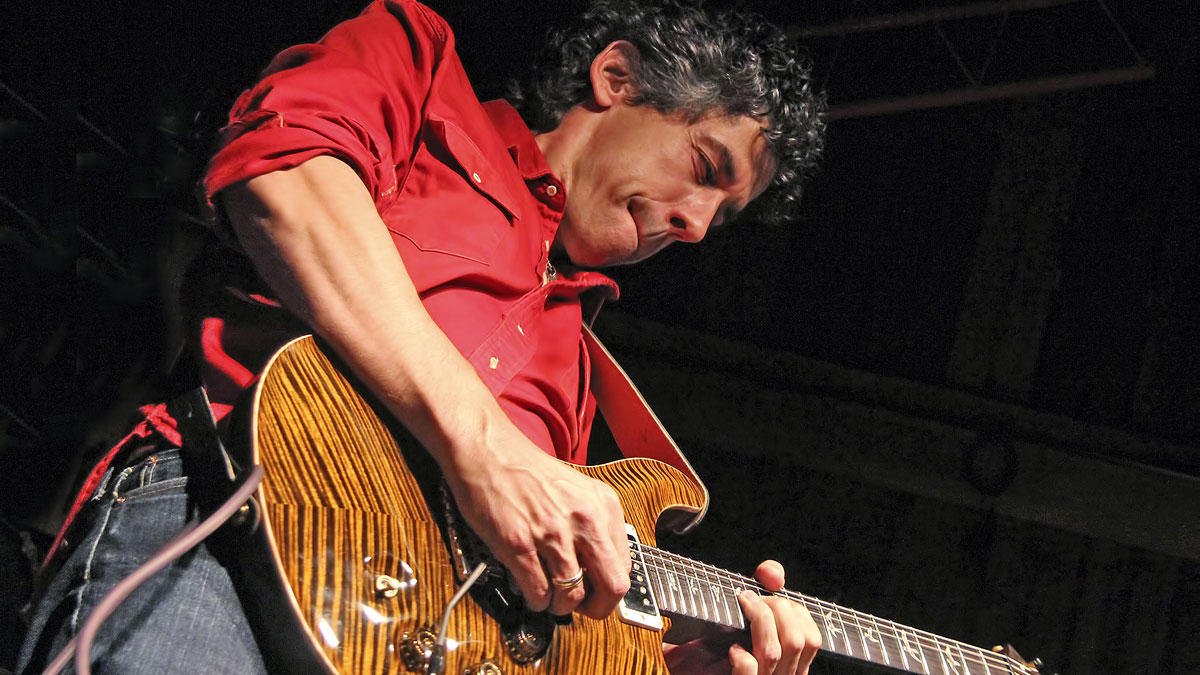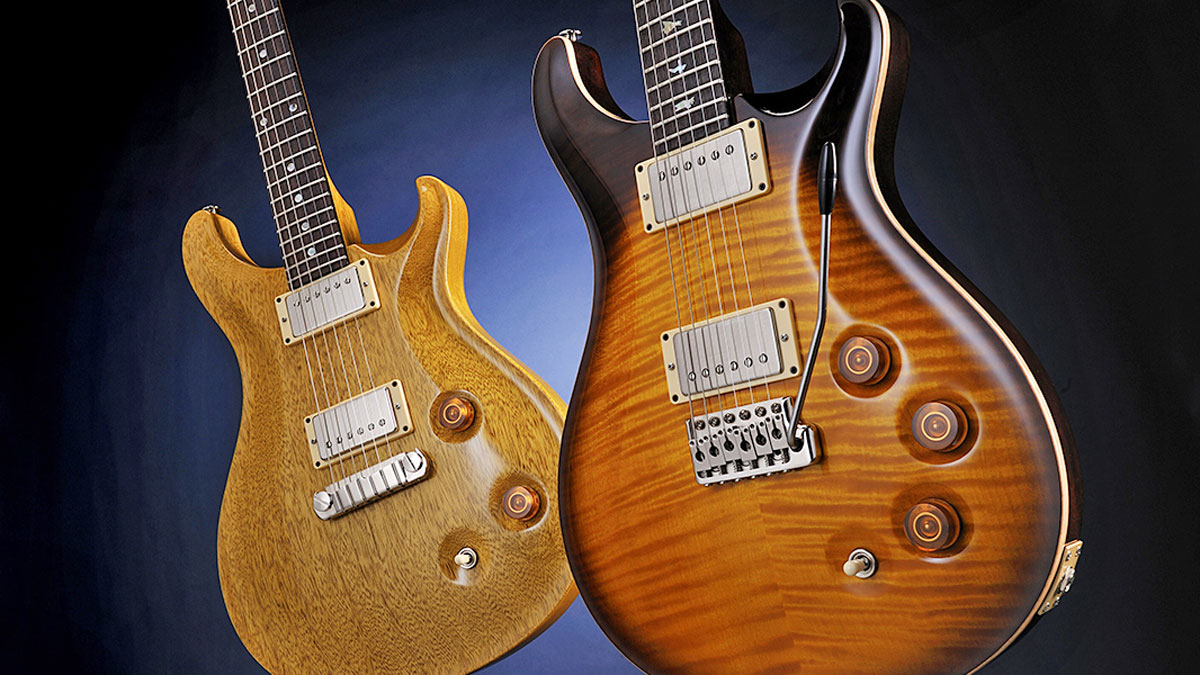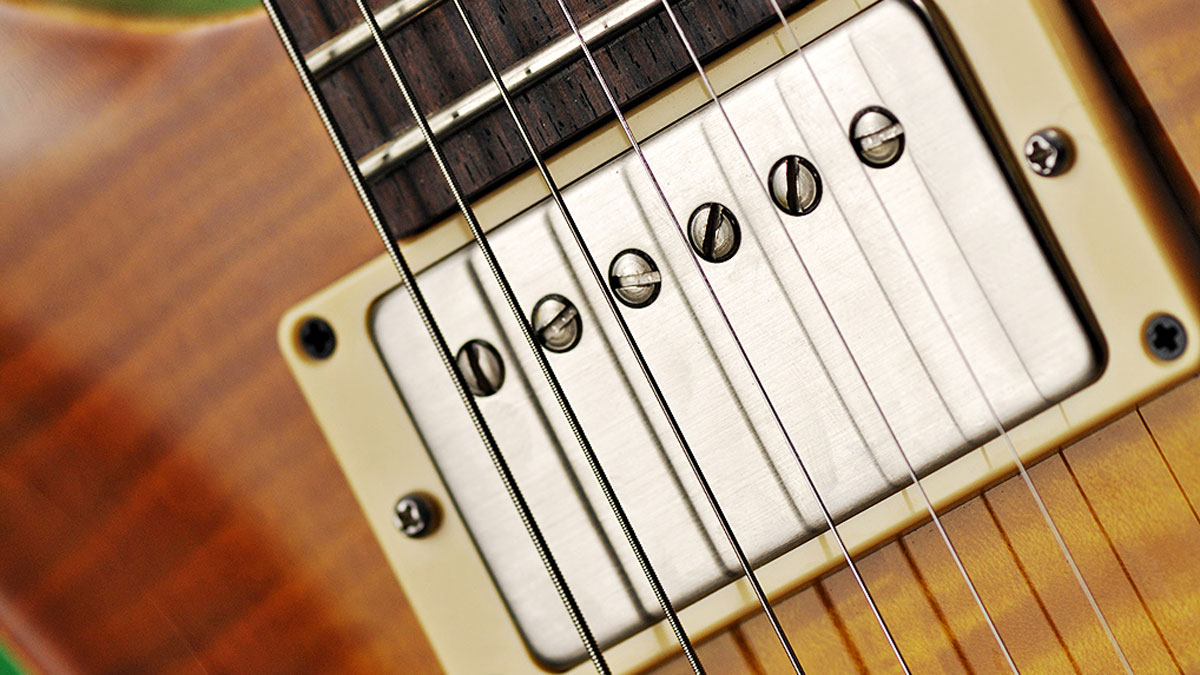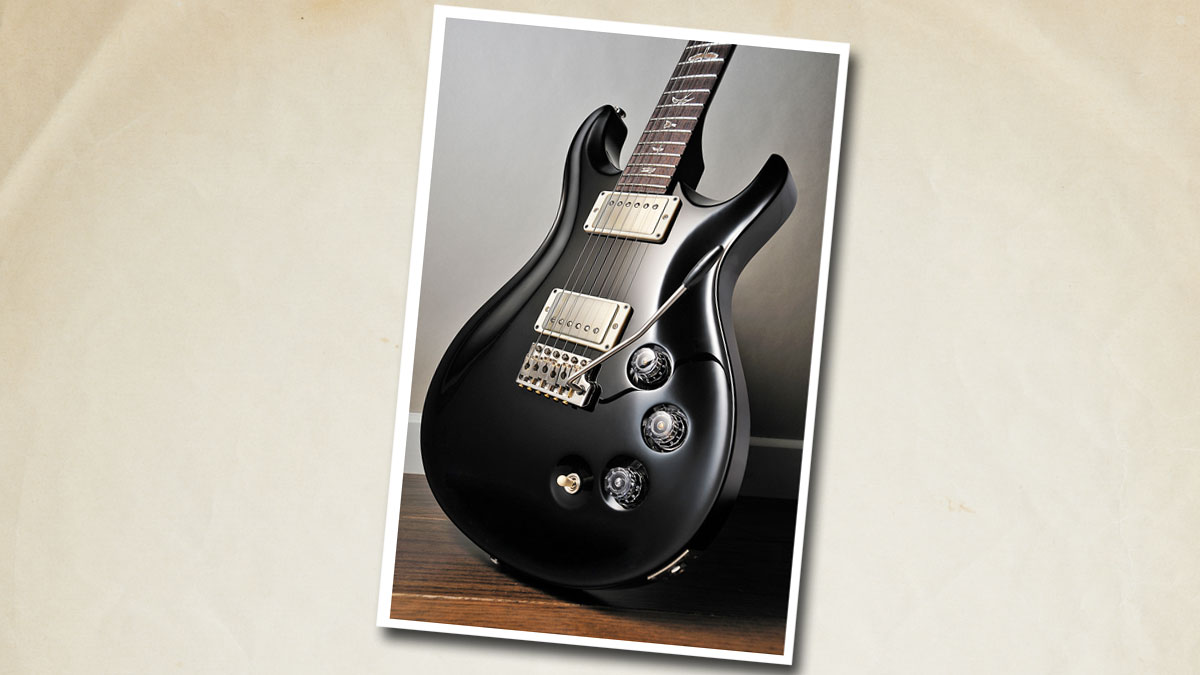
Introduction
The genesis of the original PRS McCarty Model was a combination of input and acquired experience. We investigate…
The original McCarty Model’s advance product information document, dated 21 January 1994, paid tribute to Theodore ‘Ted’ McCarty and his landmark contributions to designs - such as Gibson’s Les Paul, the Jr, the Special, the ES-335, the SG, the Flying V, Explorer, the Firebird, the stopbar and tune-o-matic tailpiece and the humbucking PAF.
The McCarty is literally the guitar I special ordered when I was working with John Mellencamp - David Grissom
The document stated that one aim of the new guitar was “to pay tribute to Ted McCarty with a guitar bearing his name” and how its different specification to, for example, the 24-fret Custom gave “the McCarty Model the sound and feel that exemplifies the magic conjured during his [Ted’s] tenure at Gibson”, from 1948 to 1966. Yet the release made no mention of guitarist David Grissom.
“The McCarty is literally the guitar I special ordered when I was working with John Mellencamp,” says David.
“I wanted more bottom end; I wanted more PAF tone. Really, I was going for Duane Allman’s sound on Live At The Fillmore, so I asked them to add an 1/8th of an inch more mahogany on the back of the body, to change the ratio of mahogany to maple, and to work on some different pickups and put covers on them and put Kluson-style tuners on. Beyond that, there wasn’t a whole lot that changed.”

Prototype PRS
“When I got the guitar at NAMM - I want to say it was ’91 or ’92 - it was fantastic! Doug Chandler [who worked at PRS at the time] told me, ‘This is the best PRS, ever!’
“So that was the genesis of it. We talked about it and [PRS] said, ‘Do you want it to be the David Grissom model?’ It wasn’t modesty, they’d really been generous to me and I said, ‘Do whatever.’ At the time, I’ll admit, Paul was reticent about some of the suggestions. Bonnie Lloyd, who was the artist rep at PRS, was really instrumental in helping to get the guitar made.”
All the things we were aiming for and all the things that David wanted were basically the same things - Paul Reed Smith
If Grissom’s request came from his experiences with a 24-fret PRS Standard used on countless gigs and recording dates, Paul Reed Smith - as we outlined in our recent review of the new PRS McCarty - was also re-evaulating his original 24-fret design, and the McCarty Model’s launch was pre‑dated by the shorter-necked Dragon I and the Custom 22.
“Basically, all the things Ted McCarty had been talking about, all the things we were aiming for and all the things that David wanted were basically the same things,” said Paul some years later.
“Bonnie Lloyd and I had a list of what David wanted. I went through each detail with David and said which ones would make a difference to the tone and which ones wouldn’t. [The McCarty Model] was basically a Dragon I with a thicker body, thinner headstock, lighter tuners, different pickups.
“Many of the guitar’s features we’d already been toying with - and some were already in production - like the steeper headstock angle, the Wide-Fat necks, longer heels, 22 frets, thicker bodies. David’s request helped put that combination together.”

McCarty modesty
Had Ted McCarty himself had any specific design input? “I didn’t contribute any specific designs,” said Ted back in 1998. “By that time, my sight was so poor I couldn’t do it. Anyway, Paul was perfectly capable of doing that. The PRS McCarty is Paul’s design.”
On its launch, the McCarty Model was some $700 more expensive than the Custom and, aside from the limited-edition Artist and Dragon I, it was the highest-priced PRS you could buy. Both Grissom and Smith were after a different-sounding PRS guitar.
Up to that time, it had suited me really well because I was looking for a supercharged Telecaster sound and I was able to get it - David Grissom
“PRS guitars at that point had always been about midrange in that they didn’t have a lot of bottom end,” says David.
“Up to that time, it had suited me really well because I was looking for a supercharged Telecaster sound and I was able to get it. I was also using vintage 100-watt Marshall heads with a 4x12 which has tons of low end. So, the combination worked great.
“But, yes, some of the thoughts I was having, Paul was having at the same time,” David continues.
“I think he definitely really wanted to appeal to a broader range of players, with more lows and a little more vintage tone. The reissue thing hadn’t kicked in compared to what it is now… the attention to detail.”

Leaving the Les
But why, we wonder, didn’t David just go and buy a really good Les Paul, since that was the original sonic template he’d had in mind when speccing the guitar? Innovation as well as familiarity were key.
“A Les Paul is a Les Paul. Great, you kinda know what’s going to happen, but for me, the PRS was like an empty canvas and I liked the idea of that. I felt I could coax something out of it that hadn’t necessarily been said before. I could pull what I might play on a Fender and what I could play on a Gibson out of it, but ultimately, it’d be its own unique thing.”
I love David and he did a great job on those guitars and they work day in and day out - Paul Reed Smith
Of course, Grissom eventually got his own signature model, the DGT, which perhaps creates a difficult choice for the modern player. Of the two current ‘Grissom’ models, the DGT and the new McCarty, which would you choose?
“I’m not going near that,” laughs Paul Reed Smith today. “If you want the pickups David relies on every single day, with a vibrato, buy a DGT. If you’re looking for a Stoptail guitar with clearer pickups, buy a new McCarty. I love David and he did a great job on those guitars and they work day in and day out.”
Not for the first time, us guitar players might well be spoiled for choice.
Guitarist is the longest established UK guitar magazine, offering gear reviews, artist interviews, techniques lessons and loads more, in print, on tablet and on smartphones
Digital: http://bit.ly/GuitaristiOS
If you love guitars, you'll love Guitarist. Find us in print, on Newsstand for iPad, iPhone and other digital readers


